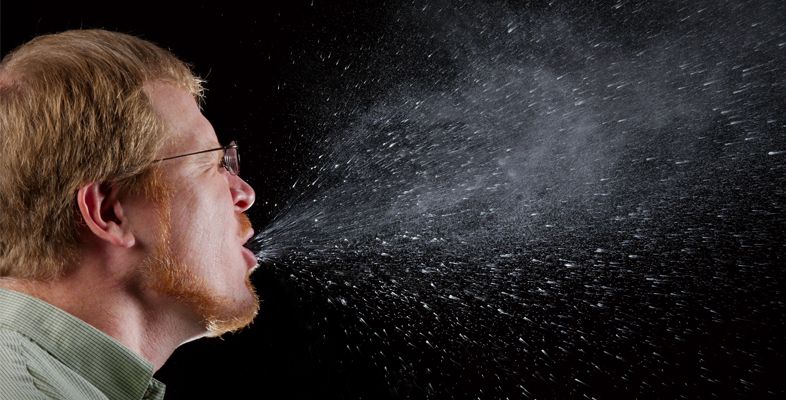Summary to Session 1
In this first session of the course you have learned about infections, which along with non-communicable diseases and injuries, are one of the three types of diseases, disorders and disabilities suffered by humans. You have learned that infections are diagnosed by health workers on the basis of signs and symptoms. Signs are consequences of the infection that are readily observable by other people, like raised temperature; symptoms are consequences of infection that can only be reported by the patient, like a headache.
You have also been introduced to pathogens. Pathogens are the biological agents that cause infectious disease and can be passed between people directly or indirectly, and can also come from animals and the environment. Importantly, however, you should now be aware that pathogens are everywhere, although if sensible measures are taken their transmission can be minimised and the incidence of the diseases they cause can be reduced considerably. Indeed, as we have outlined, the success of some early prevention strategies led scientists in the 1960s to predict that all infectious diseases would soon be defeated. As you are aware, this prophecy has not come true.
The shortage of clean water, sanitation and adequate health care in some parts of the world, the continual emergence of new infectious diseases and the capacity of some pathogens to adapt and become resistant to disease prevention measures, means the study of infectious disease is as critical to human health as it has ever been.
You can now go to Session 2 [Tip: hold Ctrl and click a link to open it in a new tab. (Hide tip)] .
